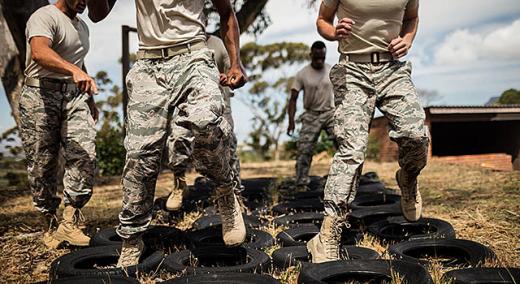Perhaps for as many as 40,000 years, people have been protecting their feet with some type of covering, initially using animal hides and fur. Today, footwear has become high-tech, sophisticated, and in some cases smart, incorporating sensors that communicate with apps on your phone. Much of the advancement in footwear is possible because of standards that address the basic performance and functionality, allowing manufacturers to go beyond the basics.
|
ADVERTISEMENT |
There are hundreds of standards for all types of shoes, from industrial work boots to high-heeled dress shoes and everything in between, and for the shoe materials and components. Most of these are published by private-sector standards-developing organizations, such as SATRA, ISO, and ASTM International. But what do I care if my shoes meet any standards? I just want them to look good, feel good, and be fit for my activity—running shoes for jogging, boots for hiking, high heels for dancing, safety shoes for work—that’s all there is to it, right? Not quite. In terms of construction, fit, comfort, functionality, and protection, footwear is probably the most complex of all the clothing that we wear.
…

Add new comment